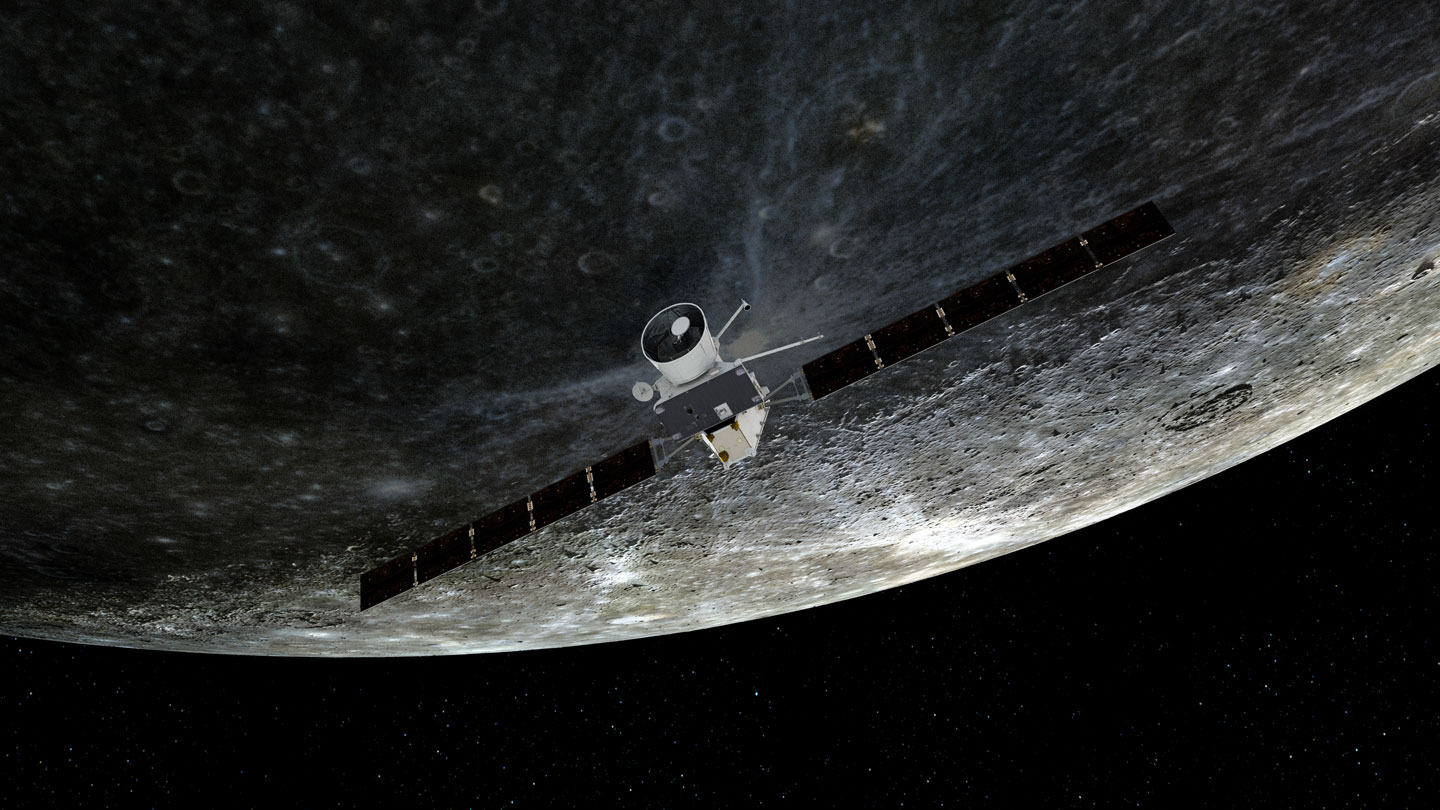Mercury’s auroras are perfectly in character. While temperate Earth gets heavenly light shows over its poles, hellish Mercury gets invisible ribbons of X-ray radiation that cling to its sun-blasted surface.
Scientists have now directly shown that fluctuations in Mercury’s magnetic field can fling electrons toward the planet, where they eventually rain down and cause auroras of X-ray light. This process, called electron precipitation, now appears to be practically universal in the solar system: It causes auroras on every planet with a global magnetic field except Neptune, researchers report July 18 in Nature Communications. Even Mars, which has only localized magnetic fields, has auroras caused by raining electrons (SN: 3/19/15).
For Mercury, “this is really the first time to detect these electrons directly,” says space plasma physicist Sae Aizawa of the University of Pisa in Italy.
Electron precipitation usually happens because of interactions between planets’ magnetic fields and the solar wind — a stream of charged particles spewed from the sun’s upper atmosphere.
2023-07-18 10:00:00
Link from www.sciencenews.org



















